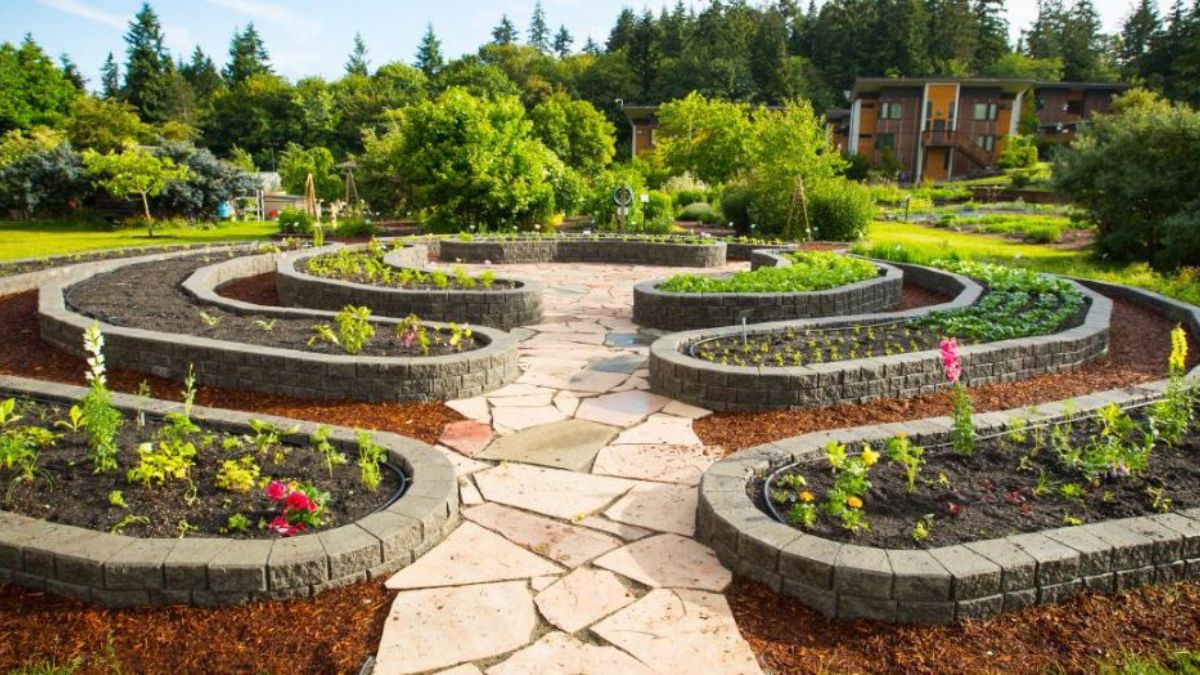Key Takeaways:
- Discover the multifaceted benefits of sustainable landscaping for both residential and commercial properties.
- Learn about actionable steps you can implement to create a more eco-friendly landscape.
- Understand the positive contributions of sustainable landscaping to environmental and community health.
Table of Contents
In today’s rapidly changing world, the emphasis on sustainability is more pronounced than ever. Protecting our planet is not just a distant goal—it has become an immediate necessity. Adopting sustainable practices is crucial within this landscape, both metaphorically and literally. Whether transforming your backyard into a personal retreat or upgrading a commercial space, embracing sustainable landscaping services can help curb climate change’s adverse effects by promoting biodiversity and conserving resources.
Eco-friendly landscaping enhances a space’s aesthetic appeal, conserves precious resources, reduces harmful waste, and supports diverse plant and animal life. By integrating innovative techniques and technologies, landscapes can transition into green sanctuaries that benefit local communities and the wider environment. Sustainable landscaping is pivotal to building resilient ecosystems worldwide by fostering awareness and action.
Introduction to Sustainable Landscaping
Sustainable landscaping encompasses environmentally conscious design, construction, and management practices that prioritize the long-term health and vitality of the environment. The practice is about more than just aesthetic appeal; it’s a comprehensive approach to designing landscapes that thrive naturally. By choosing sustainable options, you contribute to ecosystem resilience and biodiversity, creating beautiful spaces that are functional, efficient, and easier to maintain in the long run. This holistic perspective ensures that landscapes look good and coexist harmoniously within their natural surroundings, supporting the environment rather than depleting it.
The Benefits of Eco-Friendly Landscapes
Eco-friendly landscaping offers a plethora of benefits. By significantly reducing water use and eliminating chemical runoff associated with traditional lawn care and gardening, eco-friendly landscapes help maintain ecosystem equilibrium. These practices offer profound environmental advantages, including air purification, water conservation, improved energy efficiency, reduced carbon footprints, and the preservation of wildlife habitats. Moreover, by creating a network of green spaces, communities experience better overall health, reduced urban heat, and improved stormwater management, making eco-friendly landscaping an integral part of sustainable urban development.
Key Techniques in Sustainable Landscaping
Water Conservation Strategies
Water conservation is at the very heart of sustainable landscaping. Implementing strategies such as rainwater harvesting, installing permeable pavements, and using smart irrigation systems can drastically reduce the demand for municipal water supplies. Drip irrigation, for instance, delivers water directly to the plant roots, minimizing evaporation and runoff. These techniques ensure that plants receive only the required water, conserving this valuable resource and significantly lowering water bills—a win-win situation for homeowners and the environment, especially in drought-prone areas.
Native Plant Selection
Utilizing native plants is another vital element of sustainable landscaping. Native species are inherently well-suited to local climates, requiring less irrigation, fewer fertilizers, and minimal pest control, which reduces maintenance efforts and costs. Furthermore, native plants provide crucial habitats for local wildlife, including pollinators like bees and butterflies, thus supporting biodiversity. By choosing native plants, you enhance soil health and resilience but also help restore and preserve the local ecosystem, creating a balanced and sustainable environment that thrives naturally.
Innovative Tools and Technology in Landscaping
The infusion of technology into the landscaping industry has opened up new opportunities for boosting efficiency and sustainability. Modern tools, such as smart irrigation systems and AI-driven garden planning applications, help manage resources effectively without sacrificing design or function. These technological advancements ensure that water is used judiciously and that plant health is maximized, ultimately leading to healthier landscapes. In addition to irrigation, utilizing renewable energy like solar-powered garden lights reduces carbon emissions, highlighting technology’s ability to foster a more sustainable future.
Community and Environmental Impact
Sustainable landscaping offers advantages beyond single properties—it is essential for community enhancement and environmental well-being. By fostering community green spaces, landscapes provide recreational and educational opportunities that improve residents’ physical and mental well-being. These spaces serve as communal areas for people to connect with nature, emphasizing the importance of environmental stewardship. Moreover, green areas in urban settings reduce the heat island effect, enhance air quality, support urban wildlife, and improve stormwater management through natural rainwater absorption, making them indispensable elements of urban planning to create healthier cities.
Real-Life Examples of Successful Practices
Globally, communities are successfully adopting sustainable landscaping practices that have a significant impact. From Philadelphia’s green stormwater initiatives to Singapore’s extensive green roof programs, cities are finding innovative ways to incorporate sustainability into urban landscapes. Urban food forests, for instance, provide fresh produce while enhancing urban biodiversity. Rain gardens and bioswales are intended to handle stormwater naturally, decreasing floods and improving water quality. These successful case studies are compelling examples of how sustainable landscaping can be effectively integrated into our daily lives to benefit society and the environment.
Challenges and Considerations
Despite its merits, the transition to sustainable landscaping does face challenges. The initial costs associated with implementing these practices can be a barrier for some. Additionally, a lack of awareness or expertise in sustainable techniques can hinder adoption. However, these challenges are manageable. With education, incentives, and community initiatives, implementing sustainable practices can be encouraged, making them more accessible. Ongoing research, sharing knowledge, and engaging the community is essential to tackle these challenges and guarantee the broad implementation of these advantageous practices.
The Future of Landscaping: Trends to Watch
The future of landscaping holds exciting prospects as it evolves with emerging trends and innovations. Integrating renewable resources, like solar panels and wind turbines, into landscape designs is becoming more prevalent, providing energy for lighting and irrigation systems. Biodegradable landscaping materials, such as eco-pavers and compostable pots, are becoming popular as they reduce waste and environmental impact. These trends point towards a future where sustainable practices are at the forefront of design and planning, promising a landscape industry that supports vibrant ecosystems and thriving communities in harmony with nature.

